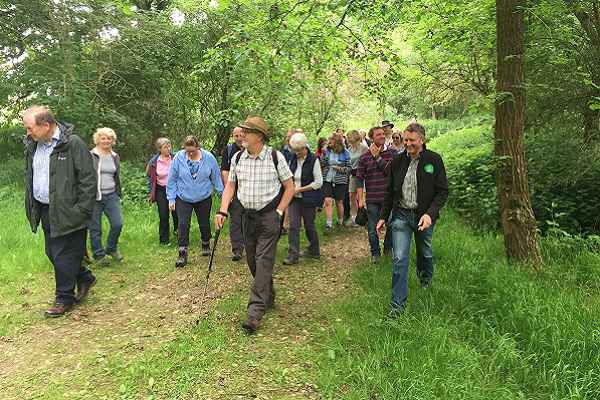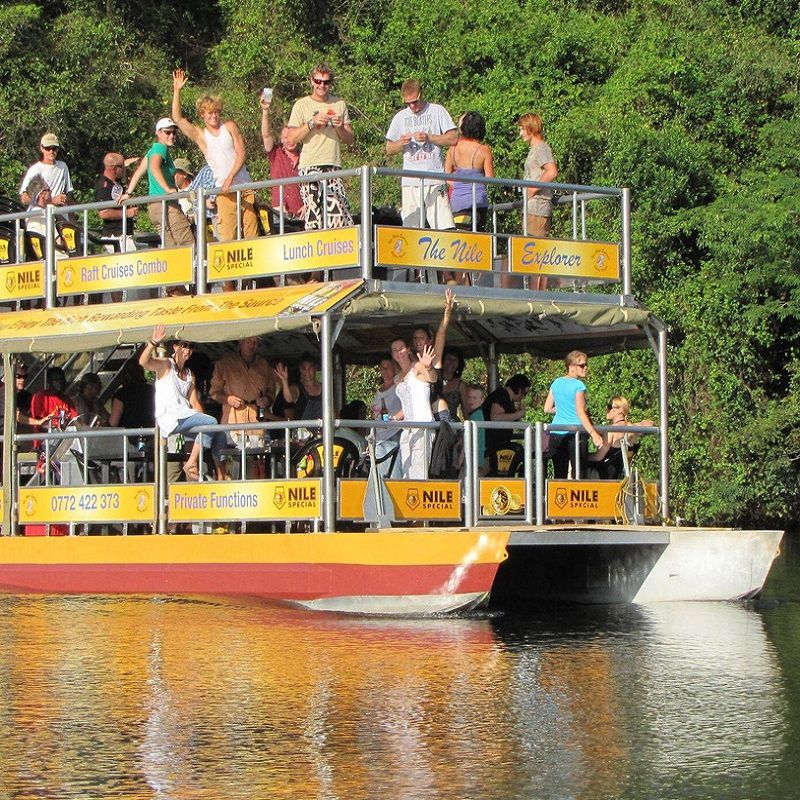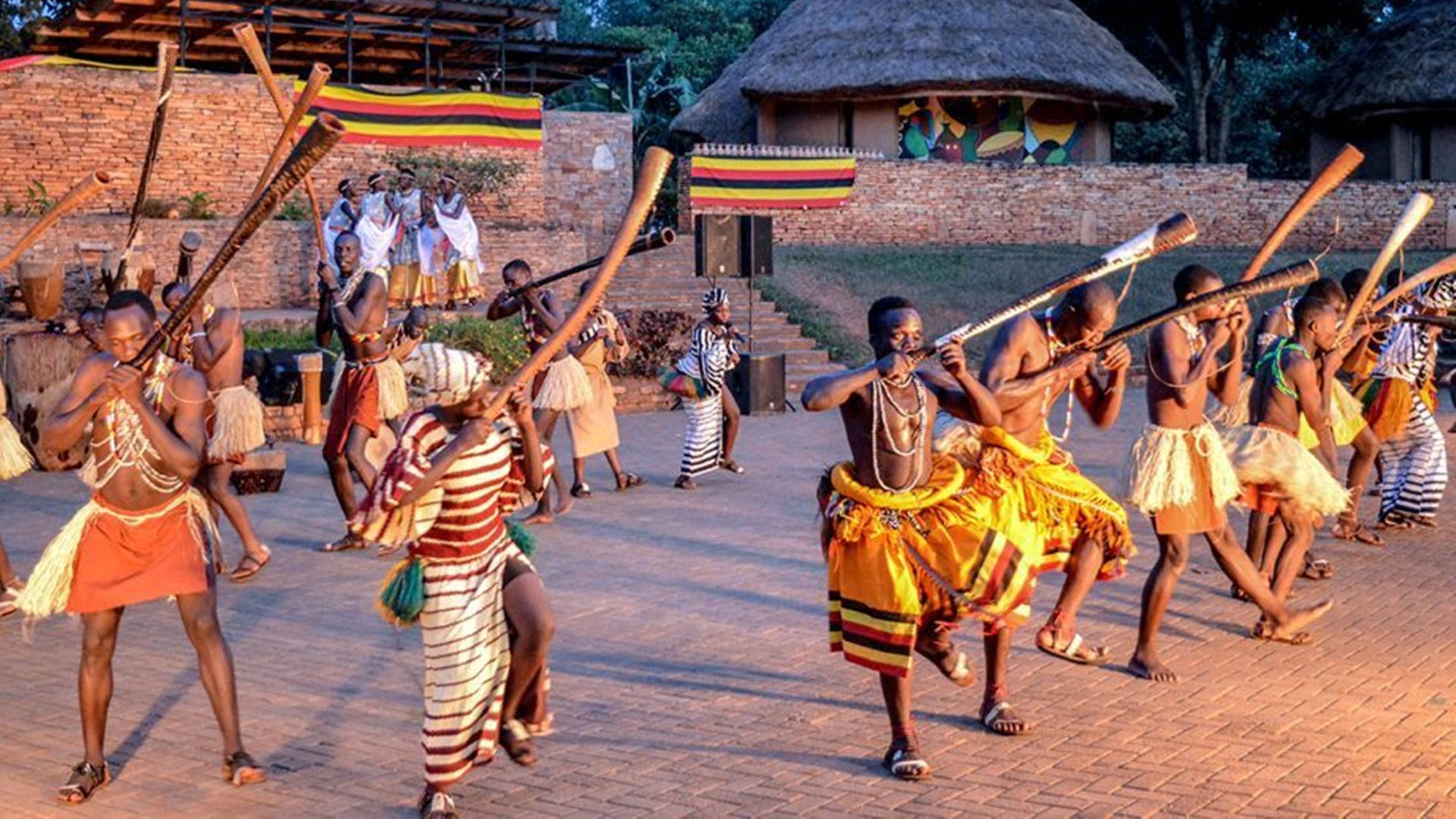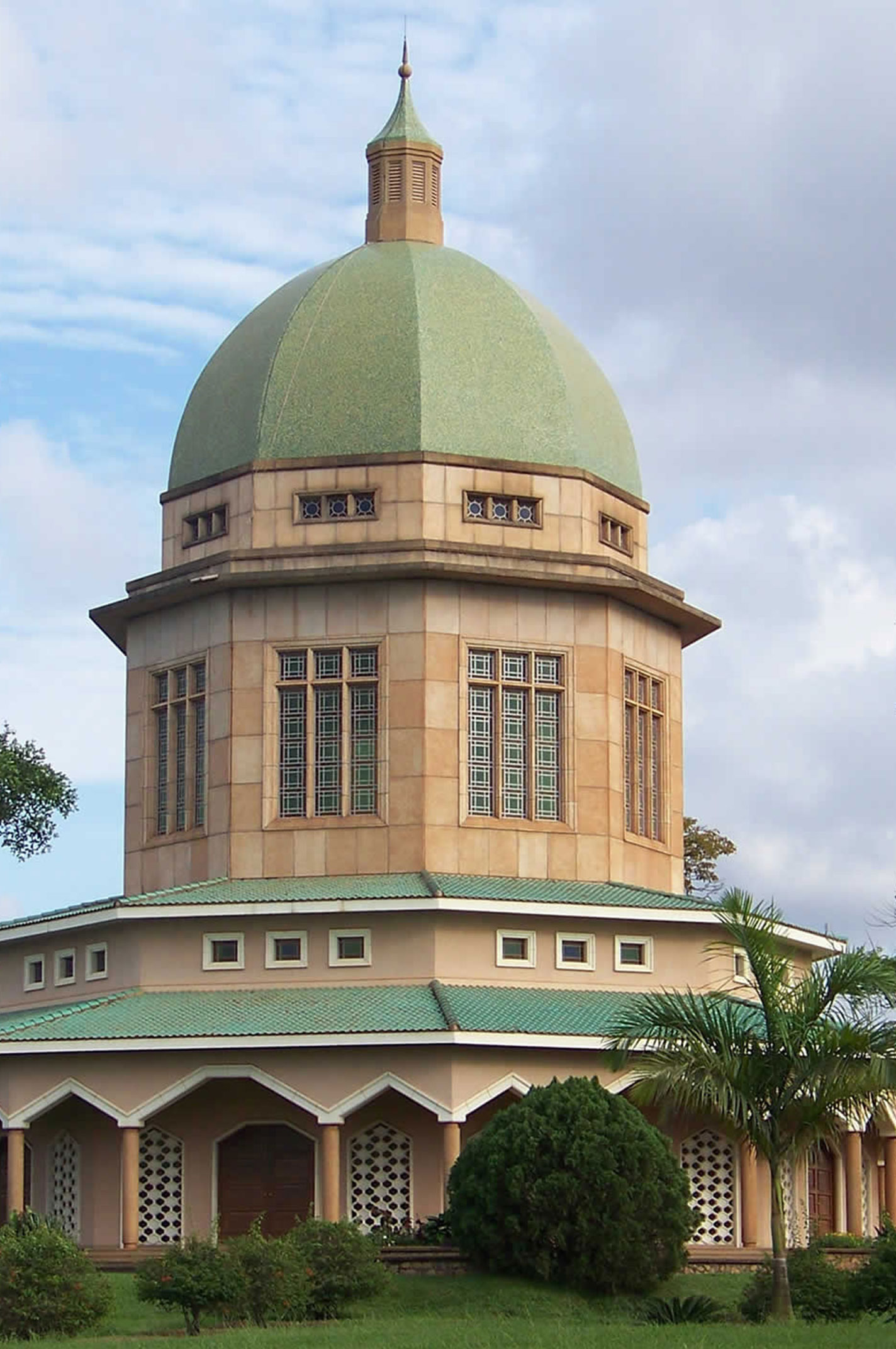About Lake Mburo National Park
Lake Mburo National park was initially gazette in the year 1933 as a controlled hunting Area and it was later up graded into a game reserve in the year 1963. The Bahima Banyankole residents also continued with grazing their own cattle with in the reserve till it was up graded into a national park status in 1983. The government of Oboteput up a decision of up grading the park which was a part that was intended to weaken the Banyankole, who were supporting the anti Obote rebels. Since the pastoralists that were evicted were not compensated for the lost grazing land and were not also helped with resettling, many of these remained very hostile to the formation of the park. The rangeland that is found outside that is park and was then divided into small ranges as well as the subsistence farming plots.
In the year 1985, which was the second regime of Obote fell and the past residents of Lake Mburo also re occurred in the park land and expelled the park stuff, as they destroyed the infrastructures as well as the wildlife. More so, less than half of the park land was re gazzetted by the NRM government in 1986.
About the Climate & Geography of Lake Mburo National Park
The pre Cambrian rocks also trigger Lake Mburo Area, with the rocks that comprise a mixture o Cenozoic Pleistocene to the recent rocks, solely granitized –granitoid as well as the highly granitized rocks plus the Karagwe ankolean system. The argillite rocks also dominate more arenites as well as the silty rocks that are usually distributed as a thin band throughout the whole area. This area is also dominated by the erratically soils that are so sandy loam as well as sandy clay loam.
Lake Mburo wetland system is a huge socio- economic value and it’s a source of water or the domestic usage, wildlife and livestock. This system is also a source of the pasture or the local herds in the drought period, a source of fish as well as materials off crats and the thatching. The location of the park is near Masaka- Mbarara highway that makes it so easily reachable from Kampala.
Lake Mburo national park has got a tropical climate and is situated in the Ankole southern climatic zone. The lake also lies with in the rain shadow area that is between Lake Victoria and Rwenzori Mountains. The park has got two seasons including the dry and wet seasons that receive the bi- modal low rain fall that ranges between 500 and 1000mm. the rainfall also tends to be so erratic as well as unreliable, that causes the low pastures which affects the wildlife behaviors that includes the birds and creates the demand on the park by the known local pastoralists. The temperatures here also range between 23-25 degrees and evapotranspiration of the areas in the northwest, north and in the north east to east that ranges from 450 to 1600mm. Also the areas in the south and in the south west of the national park always experience lower evapotranspiration that ranges between 1300 to 1450mm.
Biodiversity of Lake Mburo National park
The lake is also home to over 350 bird species including; the zebras, eland, impalas, oribi, buffalos, water buck, hippos, leopard, reedbuck as well as the hyenas. With over 13 lakes in the area, this lake also forms part of the 50km long wetland system that is linked by the swamp. It’s known that five of these lakes lie in the park’s border. It was once covered with the open savannah and it contains woodland since there are no elephants to tame the unique vegetation. Within the western part of the park, the savannah is also spread with the rocky ridges as well as the forested gorges as the patches of papyrus as well as narrow bands of the lush riparian woodland line in many lakes.
[masterslider id=”2″]
What to do & see in Lake Mburo National Park
Birding watching
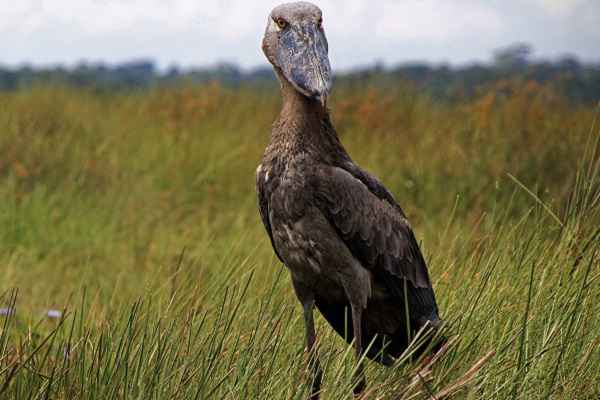
The best spots or birding in this park include; the swampy valleys of Miriti and the Warukiri as well as the roadsides between Rwonyo camp as well as jetty. These are good viewing platforms at6 the salt lick, in the Rubanga forest and Miriti valley. The species of birds mainly seen here include; Coqui Francolin, Emerald-spotted Wood, Rufous-bellied Heron, Bateleur, Brown-chested Lapwing, Grey Crowned Crane, Bare-faced Go-away-bird, Red-faced Barbet, Green Wood-hoopoe, Red-headed Lovebird, Ross’s Turaco, Black-bellied Bustard, Nubian Woodpecker, Red-shouldered Cuckoo-shrike, White-headed Barbet, Yellow-breasted Apalis, Finfoot, Common Scimitar bill, White-winged Tit and the Brown Parrot , Long-tailed Cisticola, and many more. The Rubanga forest can also be visited using a vehicle or on bare foot. This is a good place for the birders and immediate arrangement can be made with the warden. This is where you can only see the red faced Barbet which is the forest featured species.
Wildlife
The game drives through the park will allow you see many of the animal species as well as birds. You also make sure that the ranger from UWA is on the vehicle to be able to point out the many bird species as well as mammals. This park is the only in Uganda with the Impalas,. Eland, giraffes. The game drives also prove to be so rewarding with the leopards and some lion. This is the only park in western Uganda where you will find the Burchell Zebras and the other national park where you can find the zebras is Kidepo National Park in north eastern Uganda.
The beautiful scenery of the rolling hills, swamps, lakes make Africa so real, this is where the Tanzanian savannah meets Uganda’s most scenic style. About the game drives, the nocturnal game drives with in Lake Mburo National park is one of the memorable activity one can do. You can view some of the animal creatures at night including; the lions, bush babies, and the porcupines.

Fishing

Lake Mburo has around 6 species of fish with Tilapia being the most common one. The most fishing spot is at Mazinga; the visitors that are planning to carry out fishing here should bring their own equipment and then get a permit from Uganda wildlife Authority.
Uganda as a country is a perfect destination with one third of the country covered by water, so there is a great chance of practicing sport fishing. Sport fishing is also carried out on Lake Victoria as well as Murchison falls national park. The Nile perch fishing with in Lake Victoria is incredible. About 108kg have been stuck below the falls in Murchison falls. Apart from the Nile perch, the other fish types include; catfish of over 50kg, Tilapia, the tiger fish, Ngara, ferocious fighter and the barbell.
Bicycle Tours
This is another way of adventuring Lake Mburo as well as the surrounding area. These are also well guided bike rides which are from 1 hour to as long as you like. You will ride among the zebras, antelopes, buffaloes with in the flat areas of the national park. There are so many challenging options or the avid mountain biker due to the terrain of the lake is also diverse in nature.
This is also the best way to get out of the vehicle into the nature. We can therefore involve lake Mburo in your final safari of Uganda were the bikes can be brought along for you to enjoy when need arises. There is also nothing good like enjoying the trails of this lake as well as the nearby areas. You also need to have enough water as well as the snacks.
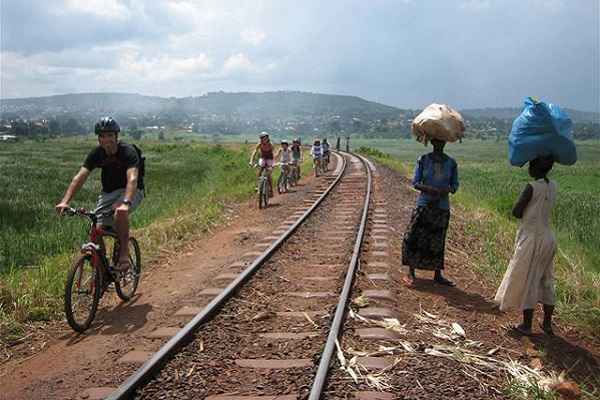
Visit Salt Lick
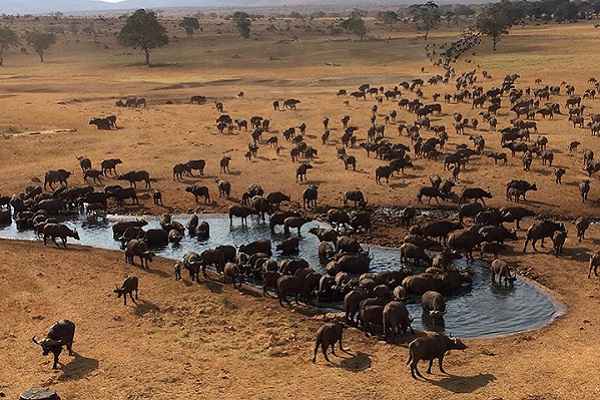
Kate salt licks is a water point at lake Mburo national park in the south Western part of Uganda, the famous salt lick is one of the a must go area in the park as most animals can be seen here leaking the salty soil found here, the Uganda wildlife authority has also recently built a raised plat form that’s hidden far a way in the near by bush but provides excellent views of wildlife at the salt lick.
The salt lick is the best place to take a nature walk to which can last for about one and half to two hours tourists will also be able to see various bird species on the way with many animals like zebras, impalas, bush bucks, water bucks, bush babies, reed bucks and many others.
Natural Guided Walks
This national park is also open to the walkers as well as they are followed by the ranger guide. At Rwonyo, the guided walk will lead you to the salt lick where you will find many animals that are attracted to the salty rocks. The walks on the western side of this lake usually begin at 7am and will take 2 hours, you will meet many animals including the hyenas that are returning to their dens as well as the hippos coming from the lake. The hikes that go through the woodland that give you a chance to see the forest birds and mammals and the walk to the top of the hill will reward you with the spectacular view of 9 of the region’s 14 lakes.
The Rubanga forest will provide the walkers with bird sightings and this might be visited by the prior arrangement and also in company of a ranger. It’s advisable to book all the walks in advance.
